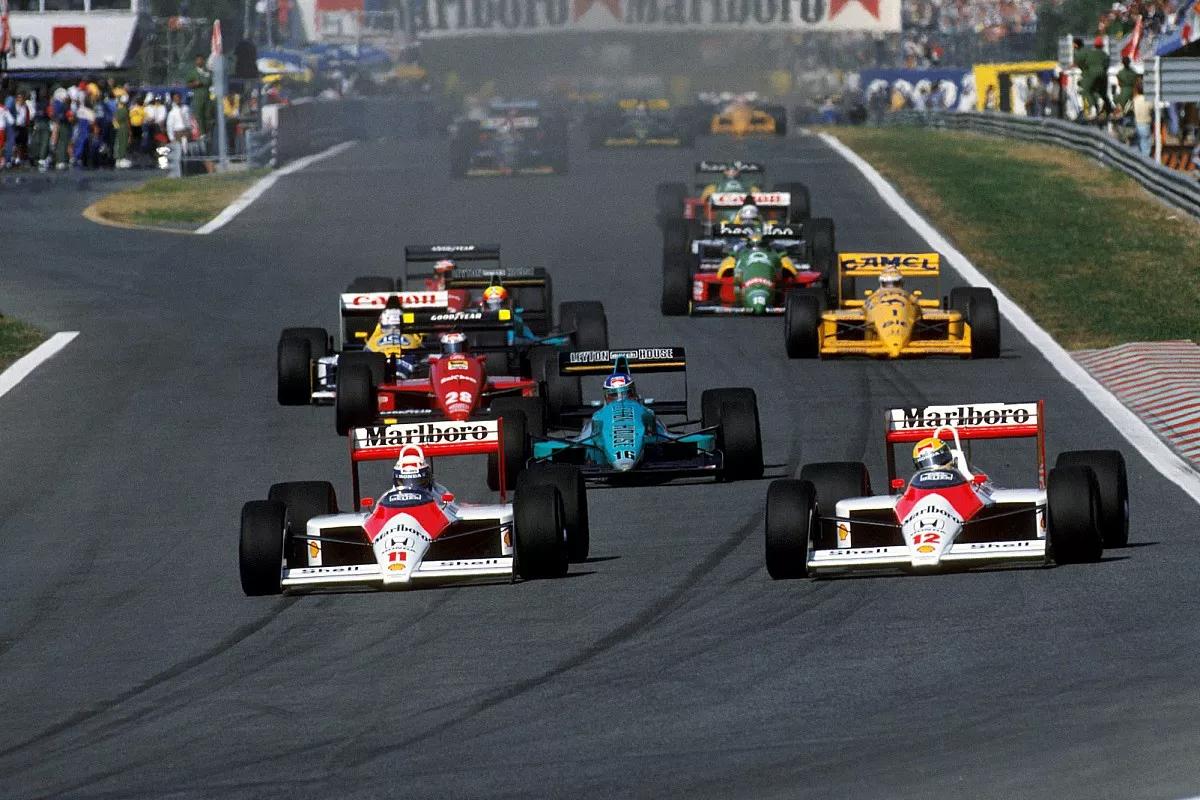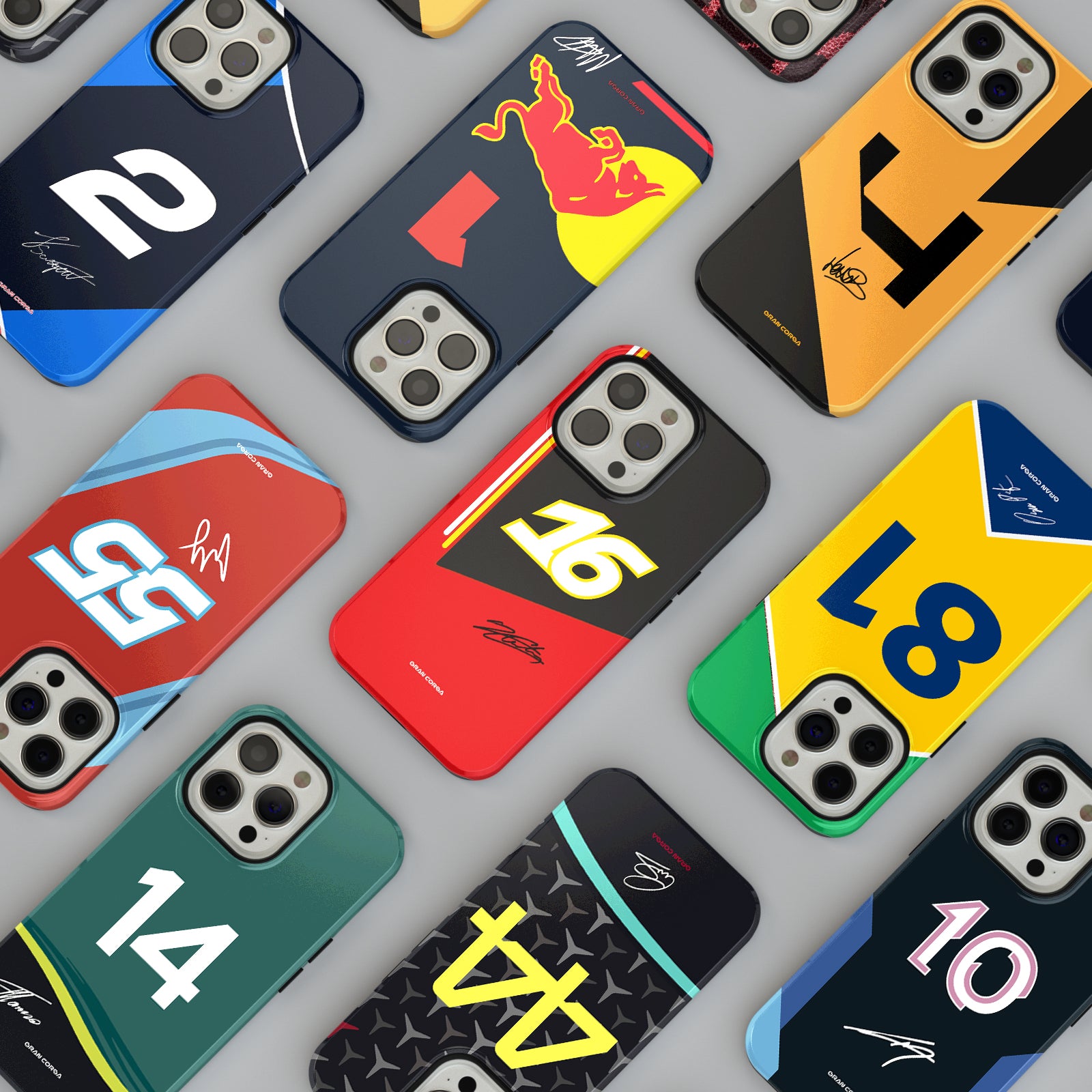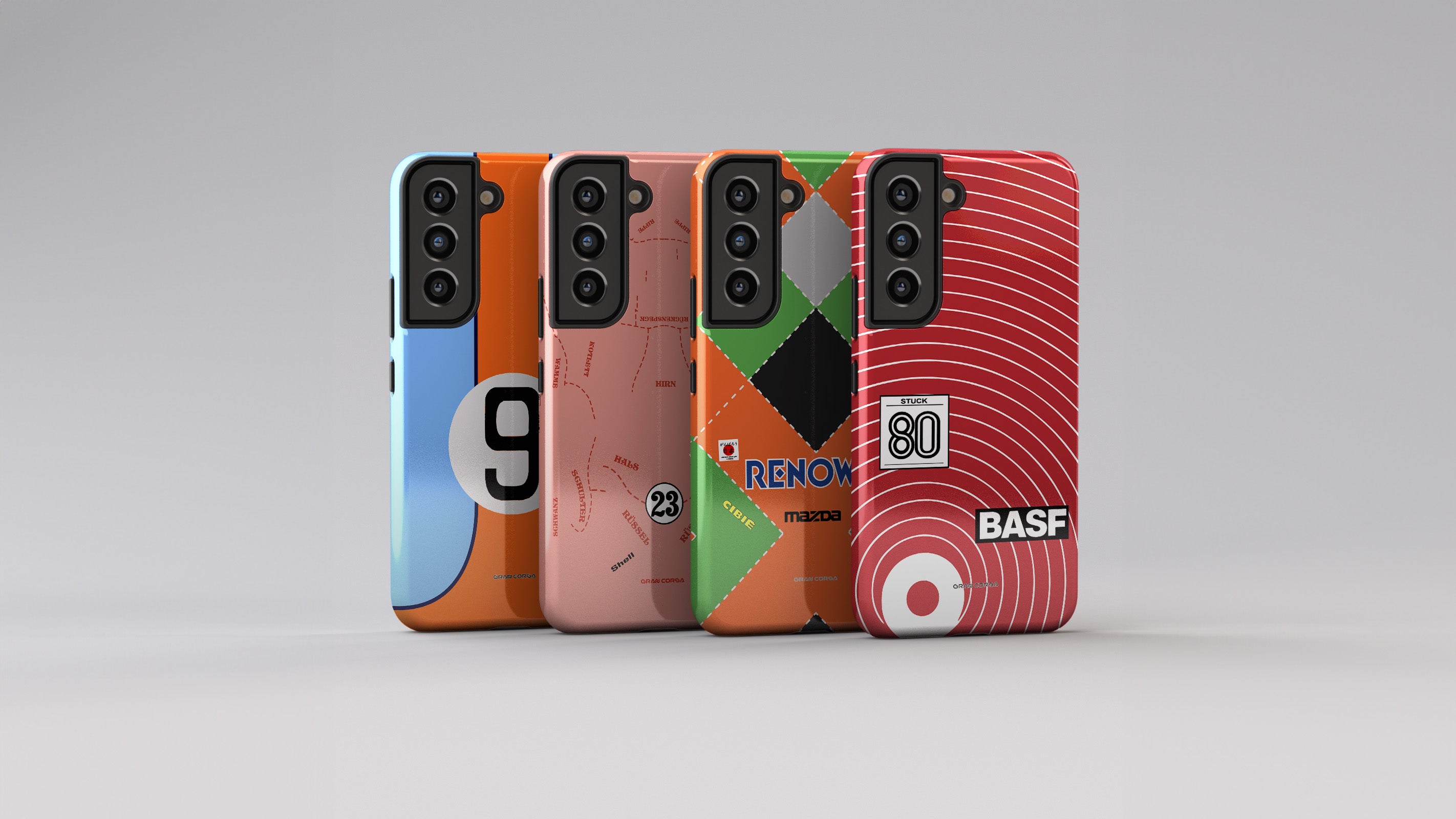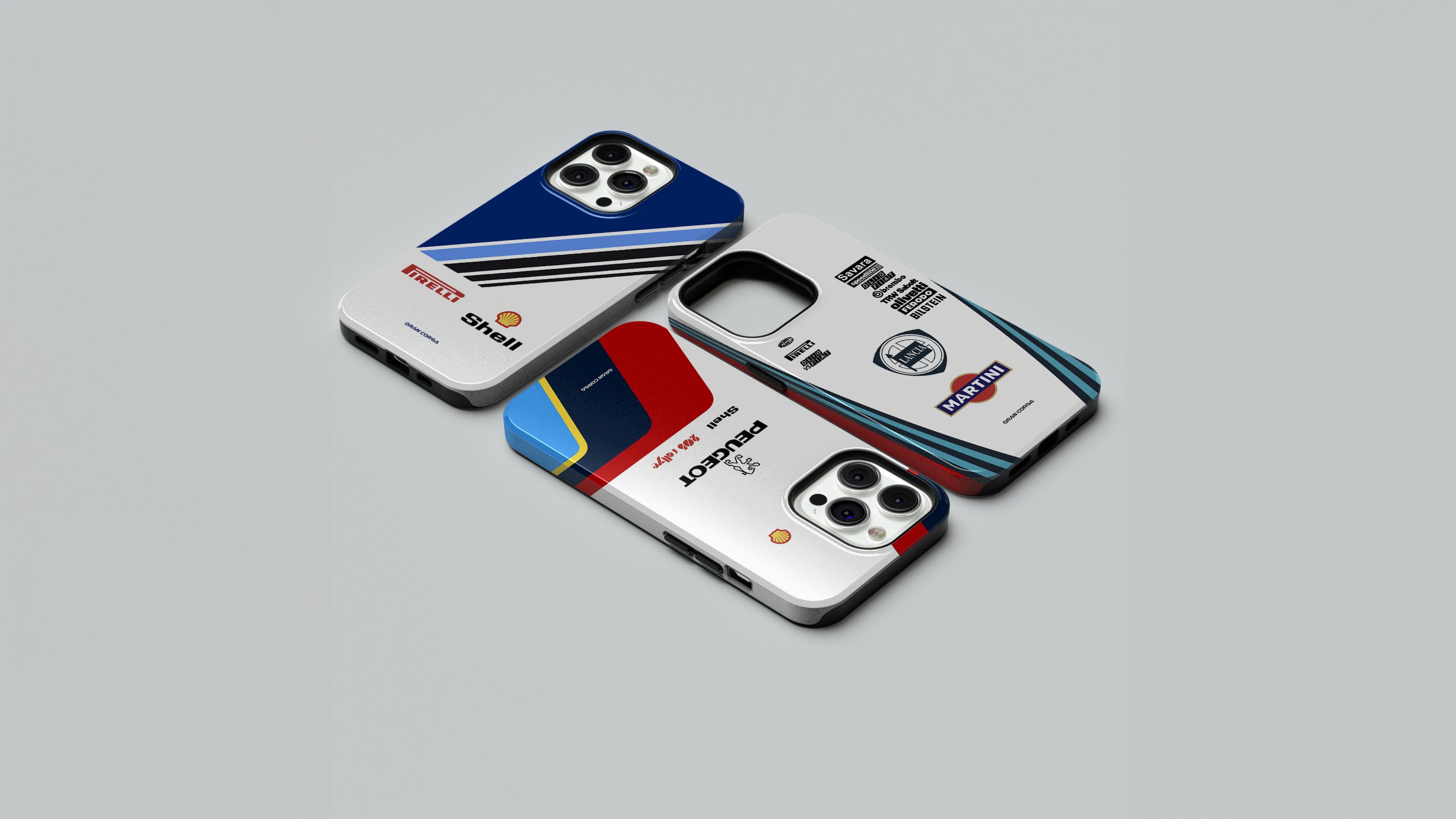The clocks struck 4:00 PM on June 23, 1991, a Sunday, but not just any Sunday. In France, Johnny Herbert was flying down the Mulsanne Straight in his bright orange Mazda 787B when, over his team radio, he received the long-awaited news: he and his teammates at Mazdaspeed, Mazda’s racing subsidiary, had won the grueling 24 Hours of Le Mans, the most famous endurance racing event.
A Groundbreaking Achievement
It was a historic and immensely popular victory, as no other car equipped with a rotary engine had ever won this competition before. 1991 was the year of now or never. The success of the 787B at Le Mans that weekend in 1991 was the culmination of a decade of preparations. Going back to 1967, Mazdaspeed came to life through Mazda Auto Tokyo, one of the largest Mazda dealerships in Japan’s capital, initially as an independent racing structure. Managed by the tireless Takayoshi Ohashi, the team entered Le Mans for the first time in 1974 and would return 13 more times over the next 18 years. In 1983, Mazdaspeed became a subsidiary of Mazda Motor Corporation, and by the late '80s, Takaharu Kobayakawa, former manager of the Mazda RX-7 Program, took charge of Mazda’s sports activities. Together with Ohashi, Kobayakawa oversaw the Le Mans program.
A change in regulations scheduled for the following season meant that the rotary engine in the 787B would become prohibited, making it a now-or-never moment for Mazdaspeed! Ohashi, however, secured a small but crucial victory by getting a FISA (then the governing body of world motorsport; now FIA) amendment allowing the 787B to run in its standard configuration, while the competition had to add ballast as part of a new regulation. With this in mind and fielding three competitive F1 drivers—Johnny Herbert, Volker Weidler, and Bertrand Gachot—Mazda hoped an overall victory was possible. Much of the race would run without incident.
Race Strategy and Execution
A good start allowed Weidler to navigate through the vast field, and the 787B ran flawlessly throughout the night. Three hours from the end of the 24 hours, the #55 Mazda was in second place. Suddenly, the leading Mercedes-Benz suffered a breakdown and retired, putting Mazda in the lead. The #55 787B stayed in front until the end, securing the first overall victory for a Japanese team at Le Mans. Two other team 787Bs (#18, driven by Dave Kennedy, Stefan Johansson, and Maurizio Sandro Sala, and #56, driven by Pierre Dieudonné, Takashi Yorino, and Yojiro Terada) also finished, in 6th and 8th places respectively, in what was considered a huge achievement!
Johnny Herbert’s Endurance
Johnny Herbert, the driver who crossed the finish line in first place, “was exhausted and dehydrated. It was only adrenaline that kept me going through the 24 hours.”
Johnny Herbert belongs to an exclusive club of winners who did not stand on the podium after their Le Mans victory. Herbert was unconscious in the circuit’s Medical Center and could not celebrate with his teammates when the trophy was presented to Mazdaspeed. The race had claimed a victim. During the weekend, Herbert had trouble sleeping and nerves meant that only the instant pasta he ate stayed down, providing the energy he needed.
As the final hours of the race approached, Takayoshi Ohashi, Mazdaspeed Team Director, and Jacky Ickx, Consultant and Team Director, decided to ask Herbert via radio to extend his driving stint until the end of the race. With victory so close, Ohashi didn’t want to risk the uncertainty of an extra pit stop and a driver change. Herbert agreed, although he was exhausted and severely dehydrated, relying solely on adrenaline to get through the 24-hour mark and confirm Mazda’s victory.
Herbert’s Contribution and Reflections
Herbert had been introduced to Mazdaspeed by David Kennedy, then a Mazda driver in 1990. Recovering from injuries suffered in a 1988 crash that nearly ended his career, Herbert was highly regarded and had significant experience in Formula 1.
Herbert says the Mazda was “much easier to drive than an F1 car,” with significantly less aggressive downforce and g-forces. The comfortable cockpit of the 787B was surprisingly well-organized, and “the rotary engine was absolutely fantastic.” He remembers it as being “incredibly smooth” and, crucially, “bulletproof in terms of reliability.” As for the gearbox, Herbert laughs as he recalls it being “the slowest in the world,” agreeing it was designed to be durable, not fast. While contemporary Le Mans teams can change a gearbox in less than two minutes during a pit stop, in 1991, the transmission had to last the full 24 hours.
Herbert emphasizes that the excellent 787B was the product of a team operating at its peak. Ohashi was “very shrewd and had a great sense of humor.” He spent the previous 10 years recruiting some “brilliant engineering minds” and embraced a truly international recruitment policy, including British car designer Nigel Shroud and experienced Belgian driver Jacky Ickx, a six-time Le Mans winner, who served as Advisor and Consultant in the team management process.

Team Dynamics and Strategies
“Mazdaspeed was a very small team compared to the might of competitors like Mercedes-Benz and Jaguar,” Herbert recalls, but in June 1991, it was “in a perfect position because it had gone through a massive learning process” over the previous years. Experienced drivers like Pierre Dieudonné and Yojiro Terada brought experience to the Mazdaspeed driver lineup, and despite being seen as underdogs, there was no doubt about the dedication and effort that formed the basis for the hard-fought victory.
Memories from the Race
Thirty years after that memorable race, Herbert shares his memories. He recalls the camaraderie with his teammates as they competed to achieve the same speed in the 787B while maintaining stable fuel consumption values (1.9 l/km); the beautiful sound of the 787B engine, “echoing through the grandstand and paddock complex”; and seeing fans sleeping in their chairs and sleeping bags along the circuit during the night, illuminated by the flames from the 787B’s exhaust as it slowed down approaching the Indianapolis curve.
The Moment of Triumph
But he especially remembers the “huge smile” that spread across Ohashi’s face when their main rival, a Mercedes-Benz, overheated and retired, handing the race lead to the #55 787B. As the 24-hour mark approached and the victory was confirmed, Herbert recalls fans rushing onto the track to celebrate an “extremely popular” victory.
The #55 became an icon of Le Mans and motorsport, and the fact that “it took 27 years for another Japanese team to win at Le Mans” is a testament to the importance of Mazda’s achievement.

Reflections from Pierre Dieudonné
Pierre Dieudonné, Mazdaspeed driver of the #56 787 in 1991: “The #55 became an icon. After the victory at Le Mans, the car gained an aura of magic around it.” Having won another iconic endurance race in 1981, the 24 Hours of Spa, driving a Mazda RX-7, Pierre Dieudonné was used to success behind the wheel of a Mazda race car. But his memories of the 1991 Le Mans race are particularly special.
He remembers Johnny Herbert “going through hell” due to injuries from his 1988 accident, as well as seeing pieces of carbon flying off the foot area during each driver change. “The team wasn’t considered a favorite,” he recalls, “but Mazdaspeed was technically strong and knew it had a chance.” The Belgian driver was also impressed by Mazda’s “tireless pursuit” of its ambitions and goals. Since 1991, Dieudonné has driven exclusively Mazda cars and currently owns a Mazda3, while his wife drives a CX-5.
Mazda's Determination
Takaharu Kobayakawa, Manager of the Mazda Motorsport Program in 1991, added that “1991 was the perfect demonstration of Mazda’s determination to never give up.”
Kobayakawa says that in 1989, Pierre Dieudonné’s request for an additional 100 horsepower from the rotary engine stunned Mazda’s engineering department. This task was handed to Yasuo Tatsutomi, Mazda’s Director of Product Planning and Development, who was responsible for finding that extra power. Despite some team members considering it an “impossible” feat, everyone rolled up their sleeves, canceled vacations, and worked all available hours. It is believed that more than 1,000 potential improvements were proposed for the engine, with 80 of them implemented in the 1991 787B engine.
After the victory, the engine was sent back to Japan, and Kobayakawa asked for it to be completely disassembled for detailed analysis, inviting a group of journalists to witness the process. It was in such good condition that Mazda believes it could have been used in another 24-hour race.

A Long Road to Victory
Although the legendary 787B is remembered today as the only rotary-engine race car to achieve first place at Le Mans, none of its predecessors should be forgotten, as they paved the way for this victory. Mazda rotary-engine race cars participated in the 1970 Le Mans edition, continuing through various subsequent editions, including a modified Chevron B16 and the Mazda MC73, MC74, and Mazda 252i, 253, and 254, based on the Mazda Savanna RX-7. Unfortunately, none of them ever achieved a victory.
Early Mazda Racing Efforts
The first Mazda car specifically designed for competition was the Mazda 717C, featuring a 13B rotary engine. Three of them participated in the 1983 Le Mans edition, with two crossing the finish line, one winning the Junior Group C class in its inaugural year, and the other finishing second in its class. The #60 717C also recorded the best fuel economy during the entire race, averaging 3.2 km per liter.
Progress and Setbacks
The following year saw four rotary-engine Mazdas in the renamed C2 class (formerly Junior Group C), two 727Cs entered by the Mazdaspeed team, and two Lola T616s by the American B.F. Goodrich team. All finished the 24 hours, with the best Lola finishing 10th overall, winning the C2 class. Two years later, at the 1986 Le Mans, Mazda moved to the IMSA-GTP category, allowing lighter cars but with the same fuel allocation as the C1 class. The two Mazda 757s that year had technical problems, but the clear improvements in power gave the team renewed hope for the future. These hopes were confirmed the following year when an evolved Mazda 757 achieved 7th overall and 1st in the IMSA-GTP class, the best-ever finish for a Japanese car.
Introduction of the Four-Rotor Engine
In 1988, the four-rotor engine was introduced in the Mazda 767, the basis of what would later evolve to achieve the much-desired victory. In 1989, with an evolved version of the 767B, Mazda achieved another highlight result, placing three cars in the top three positions of the GTP class. Even though the 787 didn’t complete the 1990 race, the foundations were laid for the resounding victory of the following year.






